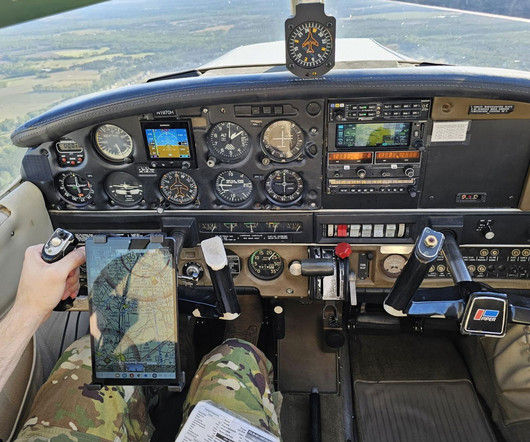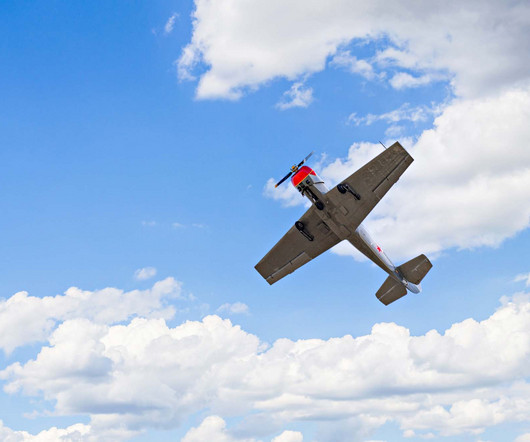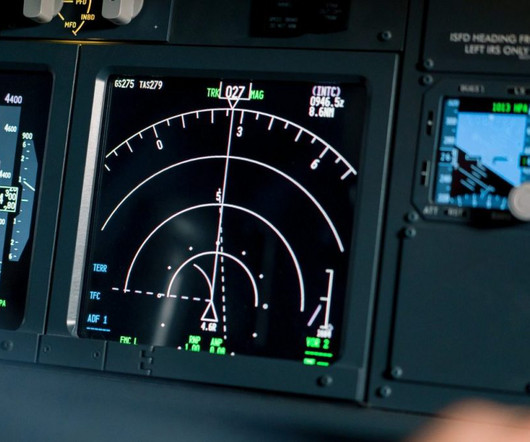The Pitot-Static System: How It Works
Pilot Institute
DECEMBER 12, 2024
These two simple features power three of the most important cockpit instruments. The respective instruments for showing these readings are: The Airspeed Indicator (ASI) The Altimeter The Vertical Speed Indicator (VSI) Components of the Pitot-Static System Have you ever noticed the little L-shaped component on the front of an airplane?























Let's personalize your content